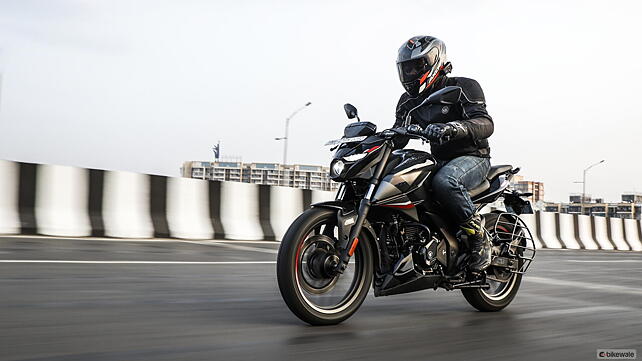
Bajaj launched the Pulsar N250 sometime last year and it has been the most affordable quarter-litre offering since then. It’s also an example of how the Pulsar brand has grown through the years. In this story, we’ll have a closer look at the bike through its picture gallery.
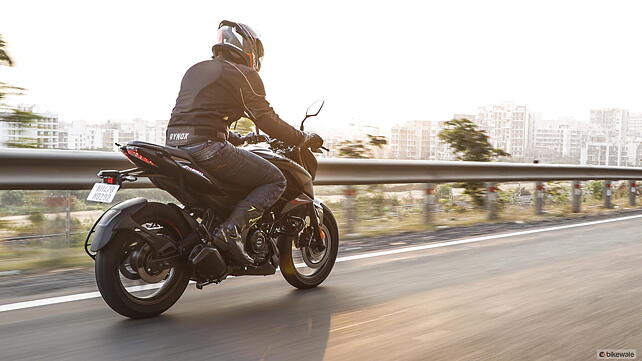
The Pulsar N250 looks fairly sporty and appealing for today’s day and age. Its bodywork gets cuts and creases and the bike is quite youthful. From its futuristic-looking headlight to the sharp fuel tank extensions and the upswept tail section, all these elements contribute to the Pulsar’s aggressive styling.
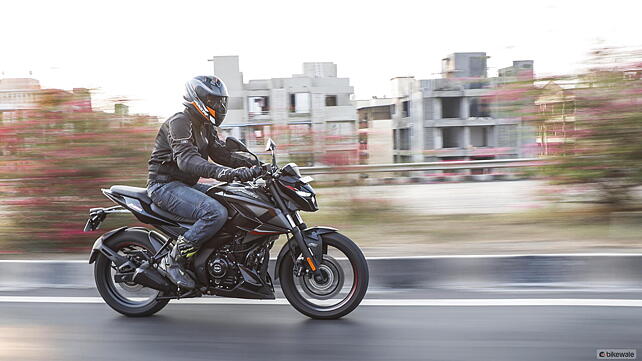
Even the quality of the switches, paint, and overall panel fitments are up to the mark. The plastic bits on the Pulsar N250 are quite sturdy; there’s nothing we found that one could complain about.

It’s powered by a new 250cc, oil-cooled engine that makes 24.1bhp and 21.5Nm. The motor is nestled in a tubular frame and linked to a five-speed gearbox. While the output figures aren’t the best in the 250cc segment, the real-world performance is quite good and likeable.

While testing it in the city, we noticed that the Pulsar N250’s motor is very tractable and refined. You can go as low as 40kmph in the fifth gear and still manage to accelerate further without downshifting. The torque spread is also very linear post the 3,000rpm mark.

The clutch is very light and easy to pull in and the gearbox is quite responsive too. The two aspects combine for an enjoyable riding experience. However, like all the other products, the Pulsar N250, too, has certain flaws. For instance, there are noticeable vibrations post 6,000rpm. Moreover, the motor feels strained at around 100kmph even though it can go way past that.

Bajaj has loaded the Pulsar N250 with LED illumination, a slipper clutch, and a semi-digital instrument console. It even features a USB charging port near the fuel tank for added convenience. However, the bike still misses out on smartphone connectivity and a fully digital instrument console.
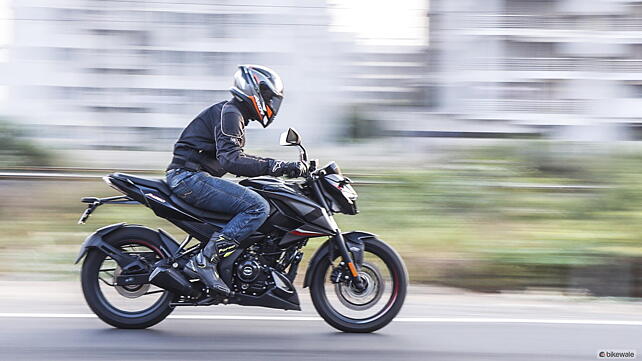
On the hardware front, the Pulsar N250 gets telescopic front forks and a monoshock, while the braking duties are handled by a front and rear disc brake with ABS. The bike’s springs are mildly soft but give you enough confidence for spirited riding. Further, the rider triangle, too, is on the sportier side as the clip-ons are slightly forward set, while the footpegs are rear set. So, you end up in a slightly forward-crouched position.

During the BikeWale fuel-efficiency test, the Pulsar N250 returned 44kmpl after being ridden in mild traffic and switching between city roads and the highway. The numbers are comparatively higher than its foes, and with a fuel tank capacity of 14-litre, you can expect around 600km of range.

So, should you spend Rs. 1.50 lakh (ex-showroom, Delhi) for the Pulsar N250 dual-channel model? Well, we recommend you read our road test review of the Pulsar N250 to get your answers.
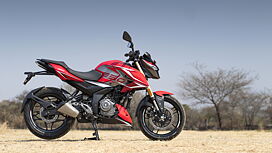



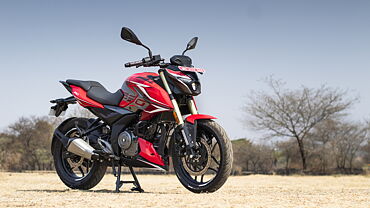
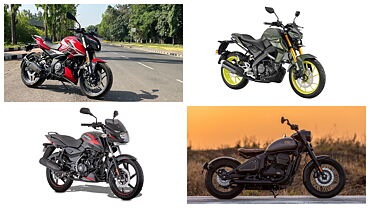
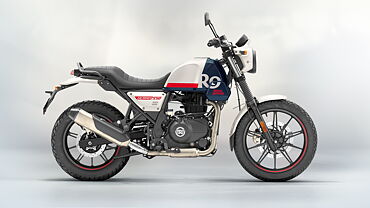
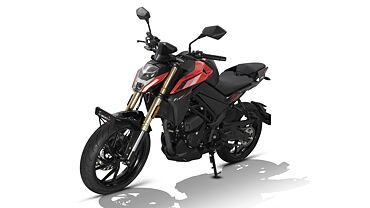
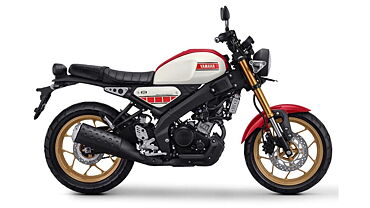
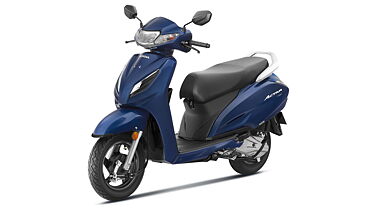





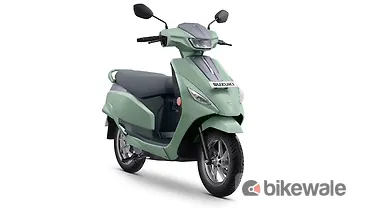
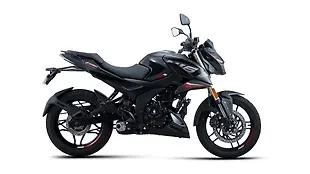
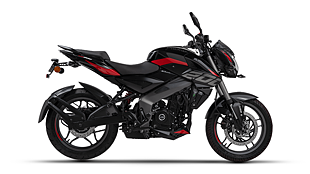
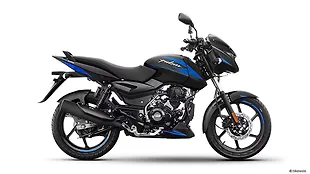





![KTM 390 Adventure X [2025] KTM 390 Adventure X [2025]](https://imgd.aeplcdn.com/272x153/n/cw/ec/190885/390-adventure-x-2025-right-side-view.jpeg?isig=0&q=80)